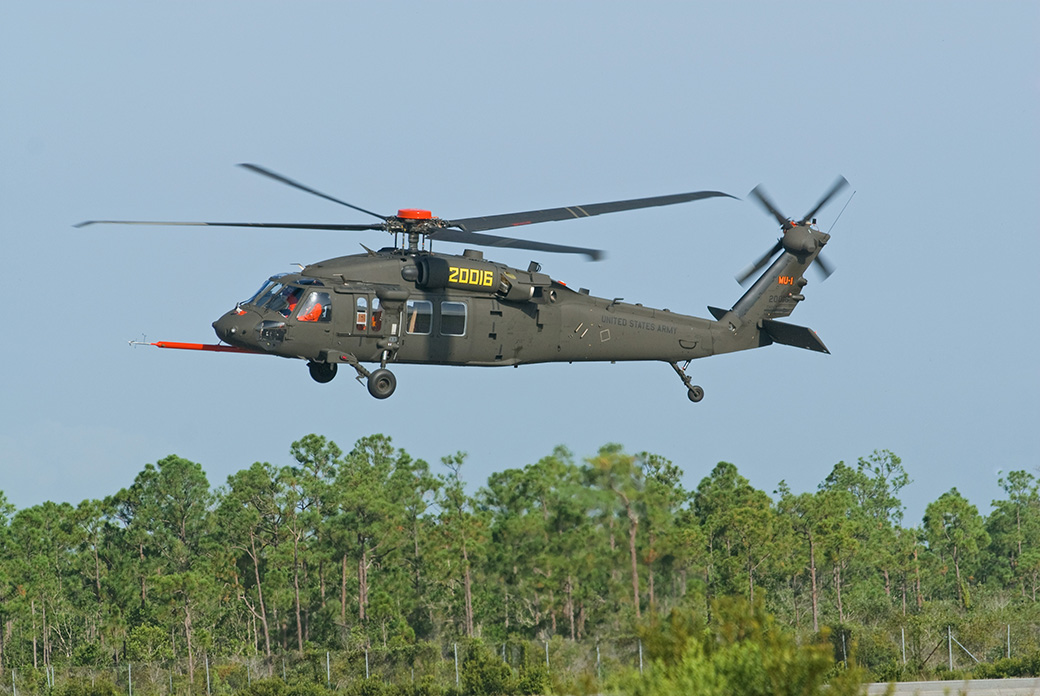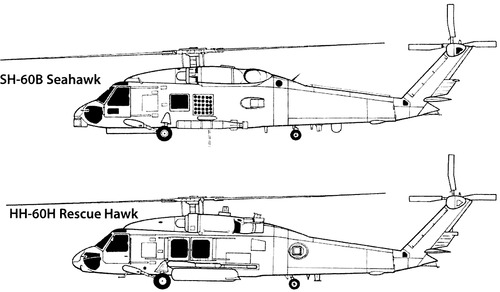Sikorsky S 70: Enhancing Helicopter Performance and Adaptability
Sikorsky S 70: Enhancing Helicopter Performance and Adaptability
Blog Article
High-Performance Multi-Role Rotorcraft Featuring Advanced Cabin Technologies and Integrated Sensing Unit Equipments
The realm of rotorcraft technology has seen noteworthy improvements in recent times, specifically in the world of high-performance multi-role rotorcraft outfitted with advanced cockpit innovations and effortlessly incorporated sensing unit systems. In the adhering to discussion, we will discover the advancement of rotorcraft technology, delve right into the world of sophisticated cockpit technologies, and take a look at the effects of integrated sensing unit systems on the functional flexibility and effectiveness of modern-day rotorcraft.
Advancement of Rotorcraft Modern Technology
The advancement of rotorcraft modern technology has been noted by considerable advancements in the rules of aerodynamics, products, and propulsion systems, shaping the abilities and performance of modern rotorcraft. Furthermore, improvements in propulsion systems, consisting of a lot more powerful engines and cutting-edge propulsion modern technologies, have actually allowed rotorcraft to attain higher altitudes, faster rates, and greater payloads.
These advancements have not only transformed the capacities of rotorcraft but have actually also broadened their applications across numerous industries, consisting of army, industrial, and emergency solutions. The continual advancement of rotorcraft technology remains to drive advancement in the field, pressing the limits of what is possible and forming the future of upright flight.
Advanced Cockpit Innovations
Building upon the foundational developments in the rules of aerodynamics, materials, and propulsion systems, the world of rotorcraft technology now changes focus in the direction of introducing Advanced Cabin Innovations. The assimilation of sophisticated innovations within the cockpit atmosphere plays an essential role in improving the functional abilities, security, and effectiveness of modern-day rotorcraft. sikorsky s 70. Advanced Cockpit Innovations incorporate a large array of features made to provide pilots with boosted situational awareness, structured information monitoring, and user-friendly control interfaces
Among the crucial improvements in cockpit layout is the implementation of glass cabins, which change conventional analog assesses with high-resolution display screens. These digital systems supply personalized layouts, real-time information integration, and improved readability, making it possible for pilots to accessibility critical details at a glance. Furthermore, progressed avionics systems, such as fly-by-wire controls and increased reality screens, are changing exactly how pilots connect with the aircraft, enabling specific control and improved decision-making abilities.


Incorporating advanced cabin advancements not only enhances pilot performance however additionally adds to total goal performance and security in complex functional settings. By leveraging cutting edge modern technologies within the cockpit, rotorcraft makers are establishing new standards for functional quality and mission success.
Integrated Sensor Systems
With the advancement of rotorcraft innovation, the assimilation of advanced Integrated Sensing unit Equipment has come to be extremely important in enhancing functional effectiveness and safety and security. These Integrated Sensing unit Systems incorporate a large variety of modern technologies that give vital information for numerous functions such as navigating, surveillance, targeting, and environmental monitoring. By flawlessly integrating sensors like radars, cams, lidar, and infrared systems right into rotorcraft, drivers can gain from enhanced situational awareness, improved mission capacities, and reduced pilot workload.
One secret benefit of Integrated Sensor Equipments is their ability to collect real-time data and offer workable insights to pilots and mission drivers. For instance, progressed radar systems can detect and track targets over long distances, allowing for early threat discovery and reliable action planning. Additionally, incorporating infrared and electro-optical cams enables rotorcraft to carry out reconnaissance and monitoring objectives with precision and accuracy.
Basically, the assimilation of innovative sensor modern technologies into rotorcraft not only enhances operational effectiveness but additionally adds considerably to total objective success and team safety. As rotorcraft remain to evolve, the function of Integrated Sensor Solution will most certainly remain at the leading edge of advancement in the aerospace industry.
Functional Adaptability and Efficiency
Enhancing operational flexibility and efficiency in rotorcraft is an all-natural development from the integration of advanced Integrated Sensing unit Systems. official statement By leveraging the information and understandings supplied by these advanced sensor systems, rotorcraft can optimize their performance across different missions and atmospheres.
Functional versatility encompasses the capacity of rotorcraft to adjust to various roles and scenarios effectively. With advanced cabin innovations and integrated sensor systems, rotorcraft can perfectly transition in between jobs such as search and rescue, medical emptying, security, and extra. This convenience enhances the rotorcraft's capability to meet diverse operational requirements without needing considerable reconfiguration.
Performance in rotorcraft operations is important for optimizing goal effectiveness and source usage. Integrated sensor systems play a critical duty in improving functional efficiency by offering real-time information on climate condition, surface mapping, target monitoring, and extra. This data enables pilots to make educated decisions swiftly, maximize trip paths, save gas, and boost general goal performance.
Impact on Modern Aeronautics Operations

Furthermore, the integration of advanced sensing units facilitates improved goal planning and implementation, allowing rotorcraft to perform a wide variety of jobs with improved precision. From search and rescue procedures to airborne firefighting and police missions, the abilities of modern-day rotorcraft geared up with sophisticated cockpit innovations and integrated sensor systems are exceptional.
Moreover, the impact of these improvements extends past functional performance to cost-effectiveness and sustainability. By optimizing trip paths, gas intake, and maintenance timetables, high-performance rotorcraft geared up with innovative cabin technologies and sensing units add to decreasing operational costs and ecological effect, making them essential possessions in modern air travel procedures.
Verdict
To conclude, the high-performance multi-role rotorcraft with sophisticated cockpit innovations and incorporated sensing unit systems stands for a considerable advancement in aeronautics technology. These innovations improve functional website link versatility and effectiveness, ultimately impacting modern-day aeronautics operations in a positive way. The integration of these sophisticated innovations allows for enhanced capacities and performance in numerous goal scenarios, showcasing the proceeded development of rotorcraft technology in the air travel industry.
The realm of rotorcraft modern technology has actually seen notable innovations in recent times, especially in the world of high-performance multi-role rotorcraft geared up with advanced cockpit technologies and flawlessly integrated sensing unit systems. From enhanced goal adaptability to enhanced functional performance, the merging of advanced cockpit innovations and incorporated sensor systems has actually ushered in a brand-new era of opportunities for rotorcraft applications. In the adhering to conversation, we will discover the evolution web of rotorcraft technology, delve into the world of innovative cockpit innovations, and take a look at the implications of integrated sensor systems on the operational convenience and efficiency of modern rotorcraft.

Report this page